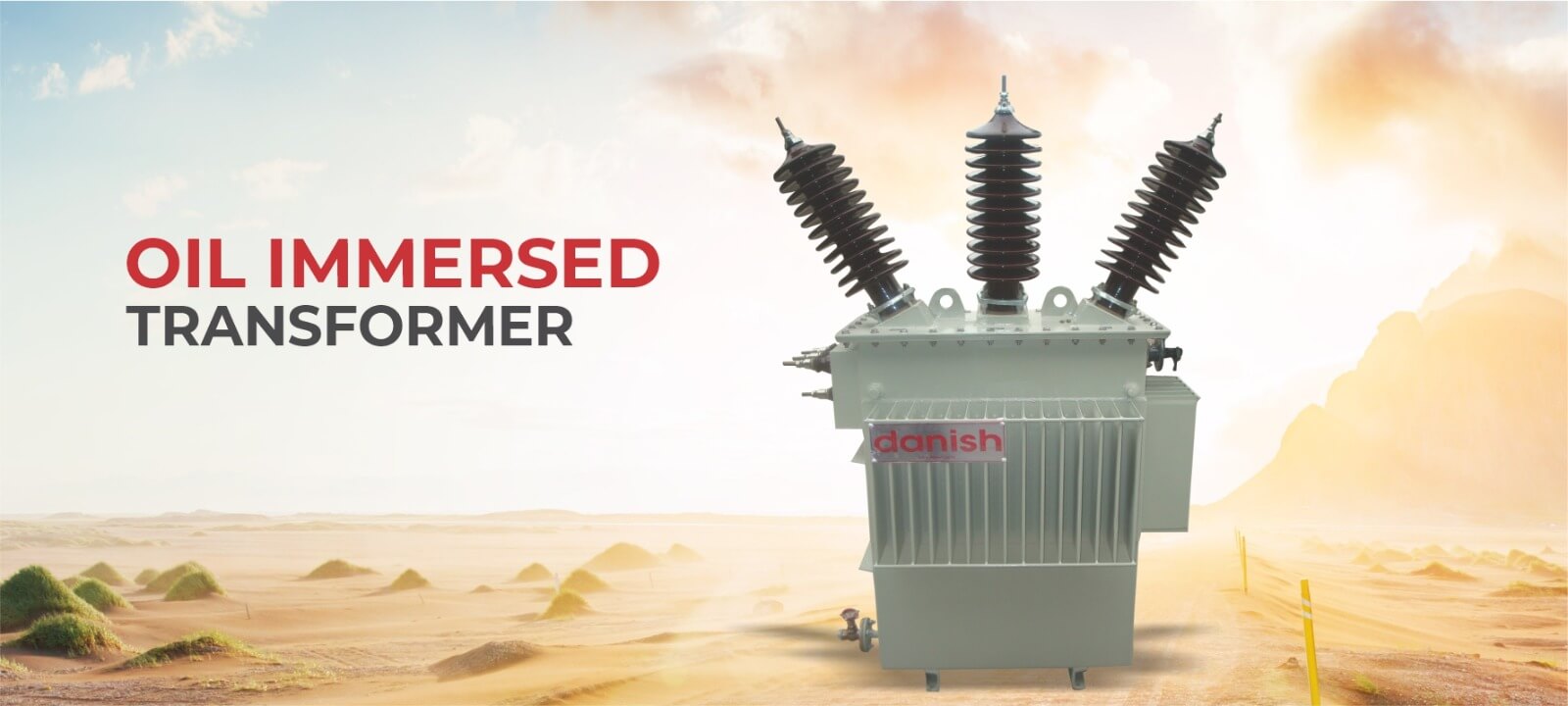views
Oil Immersed Transformer Guide for Engineers
Oil Immersed Transformers Explained: Types, Benefits, and Applications

When it comes to energy management and power distribution, transformers are indispensable. Among the various types available, oil immersed transformers stand out as a benchmark for reliability and efficiency, particularly in industrial and commercial applications. But why are they so widely preferred, and how do they compare to alternatives like dry-type transformers?
This guide walks electrical engineers, power plant operators, and energy consultants through the key aspects of oil immersed transformers, covering their benefits, operational guidelines, and a comparison with other transformer types.
An oil immersed transformer houses its core and windings submerged in insulating oil, which serves three critical functions:
These robust, efficient transformers are widely used for high-voltage industrial-grade applications and extensive power distribution networks.
Oil immersed transformers are not one-size-fits-all. They come in various types tailored to specific use cases:
1. Oil Immersed Power Transformer
Designed for high-voltage applications, these are commonly used in power plants and substations to manage large-scale power distribution effectively.
2. Oil Immersed Distribution Transformer
Compact and optimized for delivering electricity to localized networks like residential neighborhoods, commercial areas, or small industrial zones.
3. Hermetically Sealed Transformer
These sealed units prevent contamination by keeping the oil completely enclosed, reducing risks of leaks and moisture degradation.
4. Conservator-Type Transformer
Equipped with a conservator tank, these manage oil expansion and contraction, enabling smooth operation under fluctuating loads.
Their oil-cooling system ensures efficient heat dissipation, allowing superior performance under high loads when compared to dry-type transformers.
Ideal for applications requiring consistent performance at high voltages, such as power plants and extensive grid networks.
With regular maintenance, these transformers can operate reliably for decades, with the oil acting as a protective barrier against contaminants and moisture.
They typically cost less upfront compared to dry-type transformers. Additionally, their operational energy efficiency helps keep long-term costs low.
To maximize performance while avoiding damage, follow these basic loading practices:
Ensure the load never exceeds the transformer’s rated capacity to prevent overheating or premature wear.
Adjust operating parameters for ambient temperature and altitude to maintain optimal performance.
Maintain consistent levels to preserve cooling and insulating performance. Overfilled tanks risk pressure buildup, while underfilled tanks reduce efficiency.
Conduct regular checks, including oil testing and part replacements, for long-term efficiency and reliability.
Tap changers help adjust voltage output to meet varying load demands, ensuring stability and efficiency.
Understanding the differences between these two main transformer types helps in selecting the right option:
Feature
Oil Immersed Transformer
Dry-Type Transformer
Cooling
Insulating oil and radiators, ideal for high loads
Air-cooled, better for lower loads
Insulation
Oil-based insulation
Epoxy resin or other solid materials
Voltage Capacity
High voltage needs (e.g., substations, power plants)
Primarily for lower voltage applications
Environmental Impact
Potential risks with oil leaks
Eco-friendly (no oil involved)
Cost
Lower upfront and operational costs
Higher initial costs, lower ongoing maintenance
These transformers excel across a variety of industries:
Widely used in power plants to adjust voltage levels efficiently.
Ideal for powering heavy machinery and large-scale industrial operations.
Crucial for wide-scale electricity distribution.
Provides reliable power for shopping malls, office complexes, and hotels.
Routine maintenance is essential for keeping these units in optimal condition:
Monitor for contaminants, moisture, and acidity regularly.
Inspect radiators, fans, and pumps to prevent overheating.
Regular resistance tests can detect early signs of wear.
Ensure bushings are intact to avoid electrical discharge.
Oil immersed transformers offer unparalleled efficiency, cost-effectiveness, and reliability. They are ideal for outdoor, high-voltage industrial settings. However, if your application requires minimal environmental impact or a strictly indoor setup, a dry-type transformer may be better suited.
For expert recommendations tailored to your specific requirements, consult a trusted professional to ensure you select the right transformer for your business.
Oil immersed transformers combine performance, durability, and cost advantages, making them essential for modern industries. The key to maximizing their value lies in proper selection, safe operation, and regular maintenance.
If you’re ready to take your energy management strategy to the next level, partner with experts to ensure you deploy the best transformer solution for your application.
Danish Power is among India’s top manufacturers of transformers, Control Relay Panels, & Compact Substations.
About Transformers Panels Substations Blog Contact Our Address Registered Office
DTA 02-07 & 08,
DTA PHASE II, PO. MAHINDRA
WORLD CITY, TEHSIL SANGANER 302037,
JAIPUR, INDIA
DTA 02-07 & 08,
DTA PHASE II, PO. MAHINDRA
WORLD CITY, TEHSIL SANGANER 302037,
JAIPUR, INDIA
F-679 ,F-680,
SITAPURA INDUSTRIAL AREA,
JAIPUR- 302022, INDIA
G-694,
SITAPURA INDUSTRIAL AREA,
JAIPUR- 302022, INDIA
If you have any questions about our products or need help, Please Contact Our Team.
P1 : +91-8947822222
© 2024 · Danish Power Limited
Privacy Policy






















Comments
0 comment